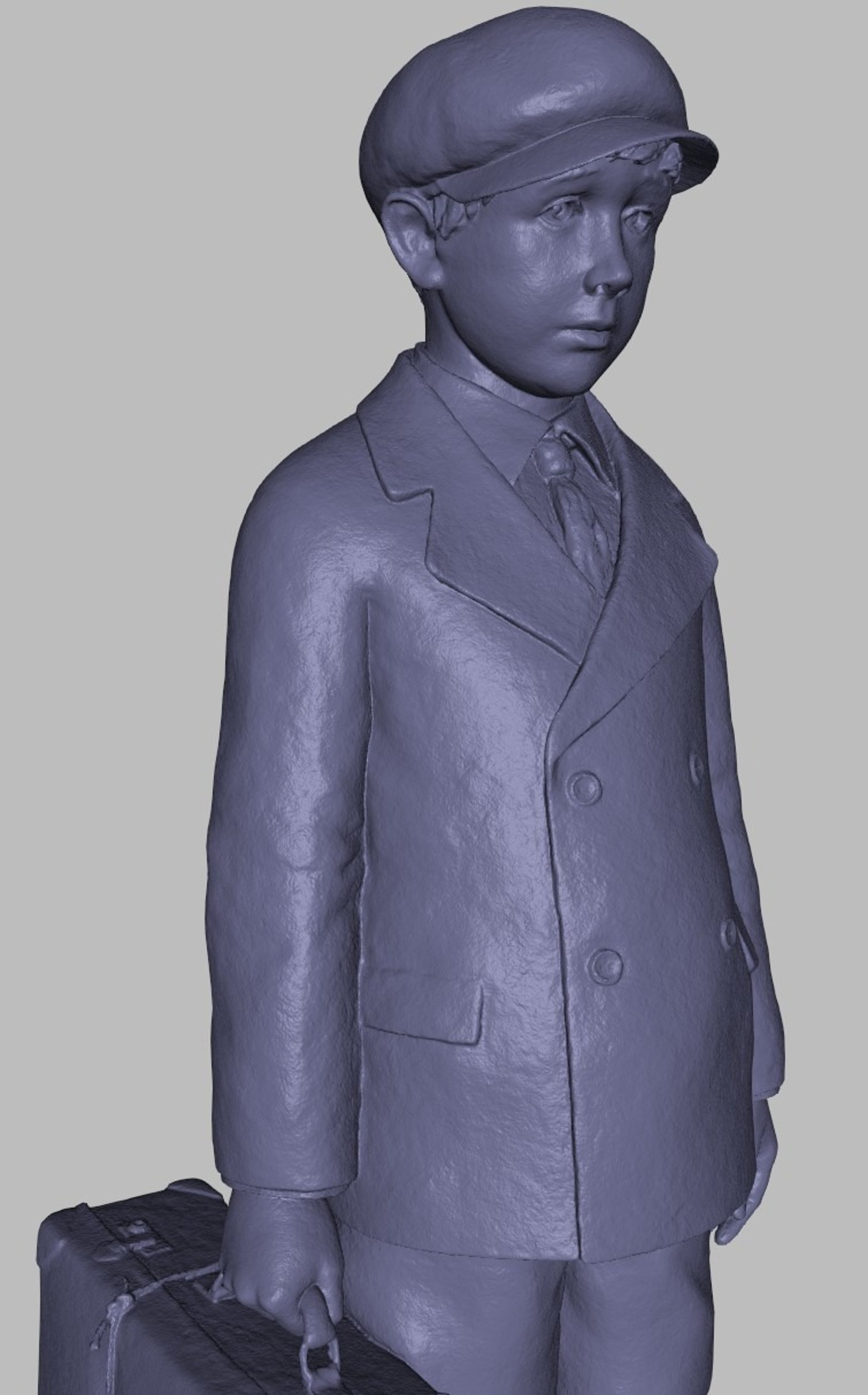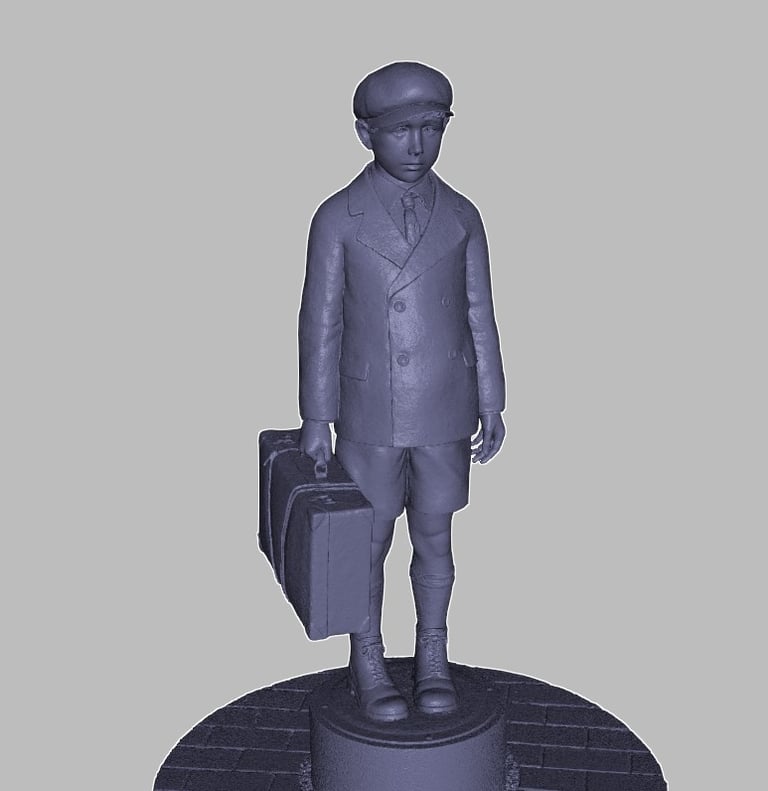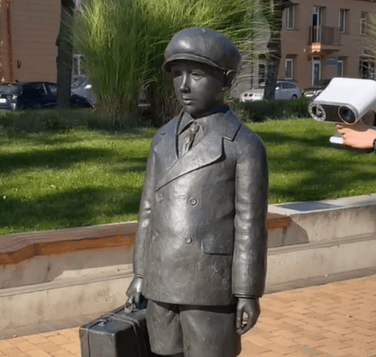
3D scanning of the sculpture “The Boy” for archiving purposes
Discover how 3D scanning technologies make it possible to quickly and accurately transfer real-world objects into the digital space. In this article, we present our project – the 3D scanning of the sculpture “The Boy” for archiving purposes – and share how, in just 30 minutes, a digital copy becomes an everlasting reflection of the original.
Have you ever heard about 3D scanning technologies? Did you know that with the help of these technologies, it is possible to accurately and quickly capture the shape and surface of real objects and later transfer them into the digital space?
Even if you answered “yes” to both questions, we invite you to keep reading and discover even more. And if this is your first time hearing about 3D scanning – read carefully, because this technology might just accelerate your projects and processes! You’ll be surprised to learn how broad the applications of 3D scanning can be – from reverse engineering, manufacturing, and the automotive industry to medicine, jewelry, scientific research, cultural heritage preservation, and much more.
Since you’re already at least somewhat familiar with 3D scanning technology and its areas of application, let us tell you about one of our latest 3D scanning projects – the 3D scanning of the sculpture “The Boy” for archiving purposes.
In the photos, you can see the real sculpture alongside the scanned and post-processed digital copy of the sculpture “The Boy”. For the 3D scanning of this sculpture, we used our partners’ handheld 3D scanner, Artec 3D Leo, which took us only 10 minutes to complete the scan. An additional 20 minutes were needed for digital file post-production, which we carried out using the Artec Studio 20 software.
In total – just 30 minutes to ensure that the sculpture “The Boy” is safely archived and can be brought back to life at any time when needed.




